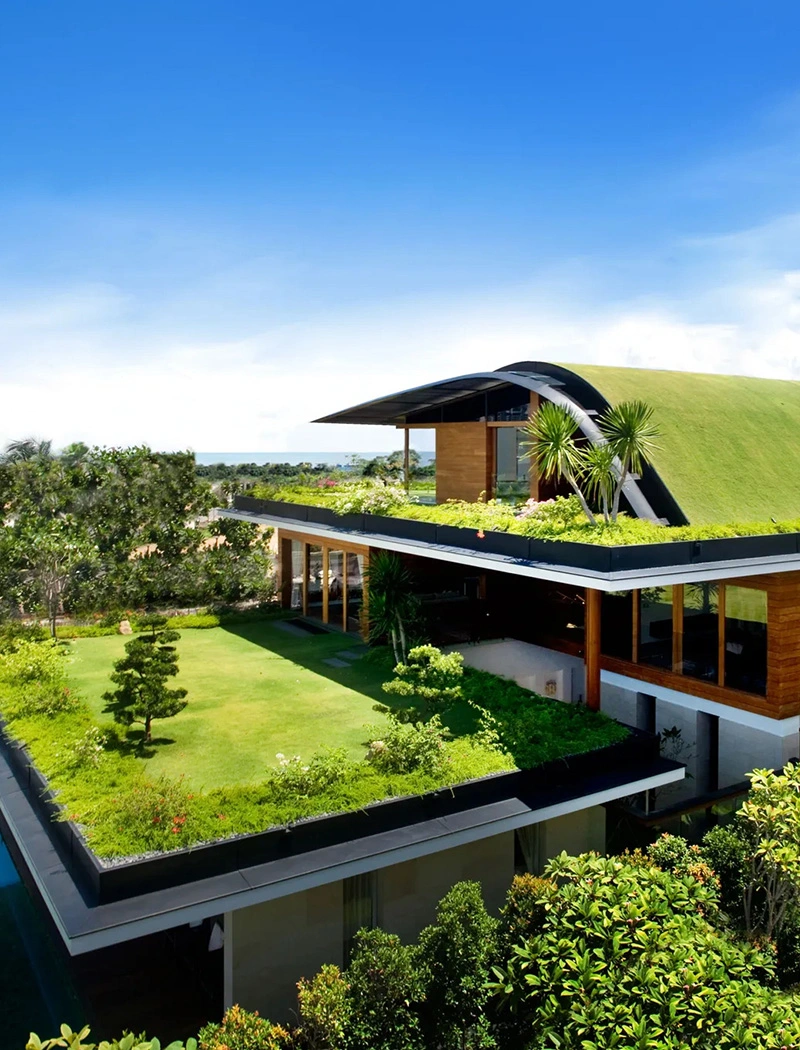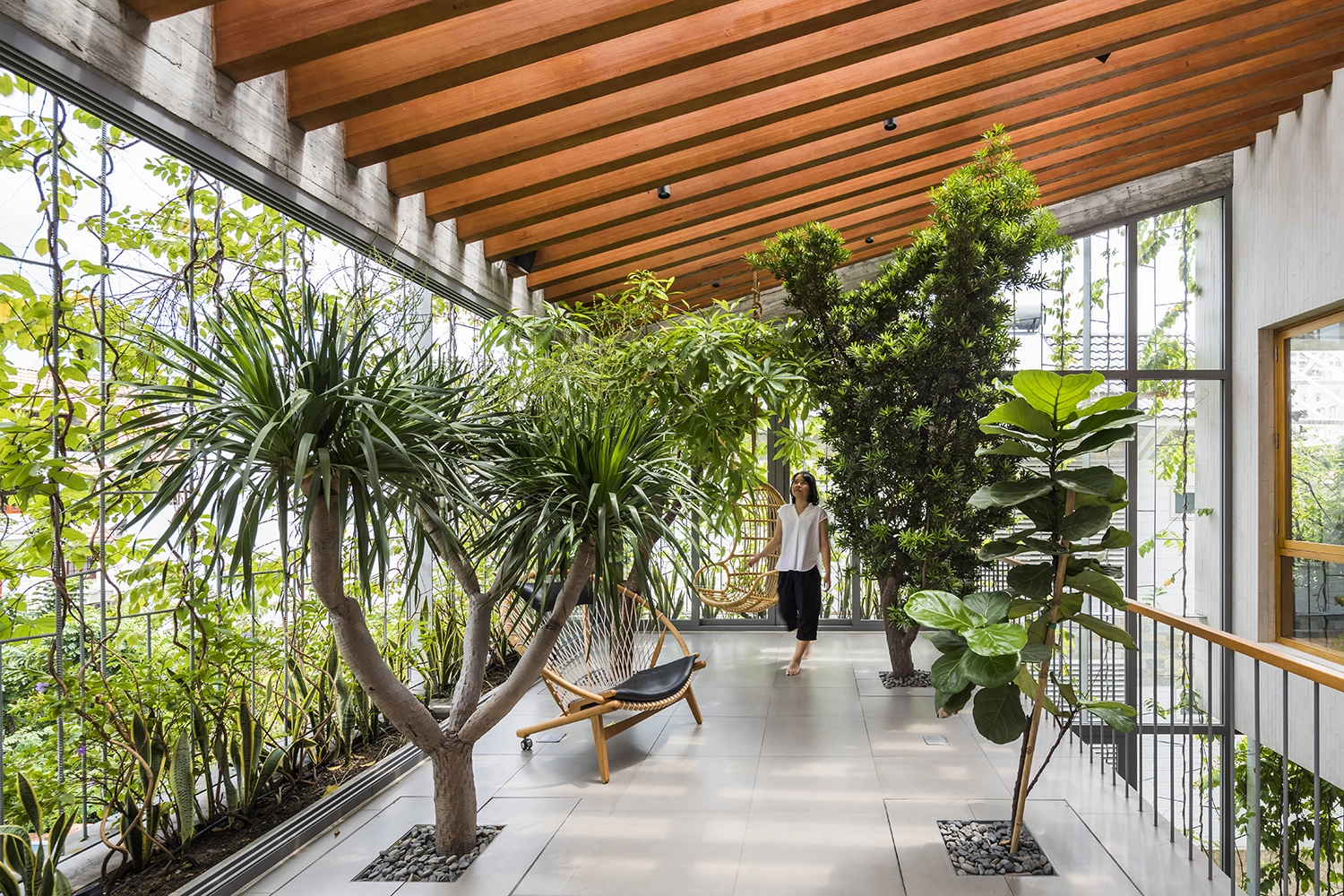As the world becomes more focused on sustainability, architecture is following suit. In 2022, we’ll see some exciting new trends in sustainable architecture that are worth watching. Here are three emerging trends to look out for:

Green roofs
the future of urban design
Green roofs are a sustainable solution for urban architecture. They are rooftops transformed into mini-gardens with a layer of vegetation over a waterproof membrane. They reduce the urban heat island effect and improve air quality and stormwater management. They can also be a beautiful addition to any building, providing a touch of nature in an otherwise concrete jungle.
Architects can incorporate green roofs in various ways, like designing them with plants native to the area and supporting local ecosystems. Green roofs can also create recreational spaces for building occupants, improving quality of life. However, challenges like specialized maintenance and structural concerns need consideration. With careful planning and design, green roofs can be a sustainable and beautiful addition, contributing to a healthier and more sustainable urban environment.
Net-zero energy buildings
zero energy, zero emissions, zero excuses
To achieve net-zero energy, architects must consider a range of factors such as building orientation, insulation, ventilation, and lighting. It’s not just about adding solar panels or using energy-efficient appliances; it’s about optimizing the building’s design and systems to minimize energy consumption and maximize renewable energy generation. While net-zero energy buildings may require a higher upfront cost, they offer long-term benefits in terms of energy savings, reduced carbon footprint, and improved indoor air quality. As architects, we have a responsibility to design buildings that contribute positively to the environment and the well-being of their occupants, and net-zero energy buildings represent a significant step towards that goal.


Biophilic design
bringing the outdoors in, for a happier you
Biophilic design seeks to connect people with nature through the use of natural materials, light, and greenery. It’s a growing trend in sustainable architecture, as it’s been shown to improve wellbeing and productivity.